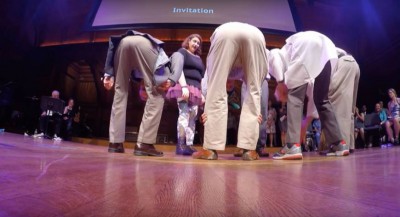Distorted gaze direction input to the attentional priority map in spatial neglect
Daniela Balslev and Barthel Odoj
Neuropsychologia, in press
Our new paper has just been accepted for publication in Neuropsychologia.
We report that patients with left neglect have a distorted gaze input to the attentional priority map. This finding is important for two reasons. First, it refines our theoretical models of spatial attention by highlighting the coupling between the eye and attention. Second, it forms a first step for establishing a causal link between a distortion of gaze signals present in spatial neglect and the left-right attention imbalance. This could pave the way for new strategies for patient rehabilitation in the future, where interventions could focus on the gaze direction signals.
The research has been a long time in the pipeline, and we are delighted to finally see it out there! Thanks go to our collaborators and our anonymous reviewers for their help, this has been very much a team effort. Thanks also to the funding bodies, ISSF/ St Andrews and Danish MRC.
Link to full text on St Andrews repository
Link to full text on publisher’s website

 It is very difficult to manipulate the rotation signals from the eye
It is very difficult to manipulate the rotation signals from the eye Alex and Daniela are attending the
Alex and Daniela are attending the 